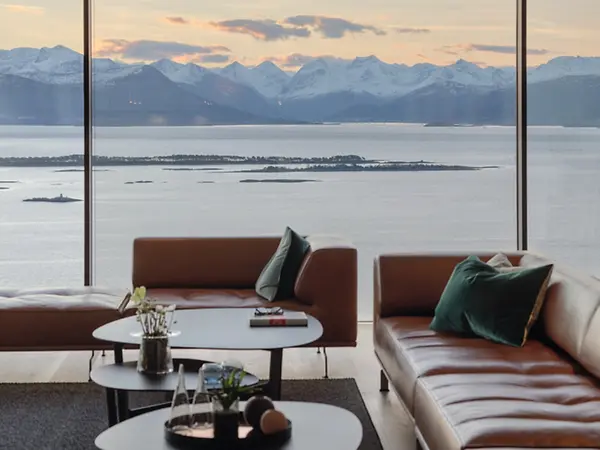Consistently reduce operational emissions
The operational phase is the longest phase in the lifecycle of a building. This is when two thirds of the total emissions are produced. Carbon-efficient building operation is therefore an effective tool for reducing a building's carbon footprint. With efficient system solutions and comprehensive maintenance concepts, Schüco Carbon Control helps to keep carbon emissions to a minimum during operation and extend the life of units.



